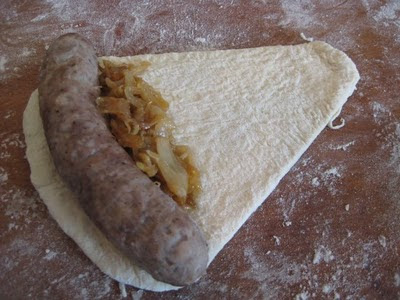
Fig.1. Located in the Hell's Kitchen section of Manhattan, my son waits for his croissant.
It didn’t seem likely to me that ancient Roman bakers did any
kneading at all. I figured they just shaped the risen fermented
dough and baked it. Inspired by this realization, I began to reduce
the amount of kneading in my recipes, and I started to see an
interesting relationship between kneading and fermentation. When
I worked the dough less, but let it rise longer, it seemed to
develop a structure as strong as, if not stronger than, what I had
been getting from a longer kneading and shorter rising time.
And to replicate a cloche, an ancient ceramic baking vessel, I
simply preheated a Dutch oven, then dropped in a round of dough.
Harold McGee, scientist and author of On Food and Cooking, explained the science behind Lahey’s no-knead bread in one of Mark Bittman’s New York Times article.
The long, slow rise brings the gluten molecules into side-by-side
alignment to maximize their opportunity to bind to each other
and produce a strong, elastic network. The wetness of the dough
is an important piece of this because the gluten molecules are more
mobile when there is a sufficient quantity of water, and so can move
into alignment easier and faster than if the dough were stiff.
McGee is basically stating what all bakers now know: the more you knead dough the tougher the bread will be because more gluten develops the longer you work it. Lahey’s method requires very little work, just time and patience; two traits that we need to be applying toward everything we eat and drink.

Lahey’s book delves into the science of bread: the role of yeast, how heat and the Maillard reaction transform his bread, and the importance of cooling bread properly. Also in his book are all of the favourites found at his bakery:

Lahey’s method makes bread accessible to all. If his ingenuity tells us anything it’s that good bread should once again begin at home.

As found in Jim Lahey’s book, My Bread
Yield: One 10 inch round pagnotta loaf
Equipment: a 4 ½ to 5 ½ quart heavy pot (a Dutch oven such as Le Creuset)
Ingredients:
3 cups bread flour (400 grams)
1 ¼ tsp table salt (8 grams)
¼ tsp instant or other active dry yeast (1 gram)
1 1/3 cups cool (55 to 65 degrees) water (300 grams)
wheat bran, cornmeal, or additional flour for dusting
Directions:
In a medium bowl, stir together the flour, table salt, and yeast. Add the water and, using a wooden spoon or your hand, mix until you have wet, sticky dough, about 30 seconds. Make sure it’s really sticky to the touch; if it’s not, mix in another tablespoon or two of water. Cover the bowl with a plate, tea towel, or plastic wrap and let sit at room temperature (about 72 degrees F) out of direct sunlight, until the surface is dotted with bubbles and the dough is more than doubled in size. This will take a minimum of 12 hours and (my preference) up to18 hours. This slow rise-fermentation-is the key to flavour.
When the first fermentation is complete, generously dust a work surface (a wooden or plastic cutting board is fine) with flour. Use a bowl scraper or rubber spatula to scrape the dough out of the bowl in one piece. When you begin to pull the dough away from the bowl, it will cling in long, thin strands (this is the developed gluten) and it will be quite loose and sticky-do not add more flour. Use lightly floured hands or a bowl scraper or spatula to lift the edges of the dough in toward the center. Nudge and tuck in the edges of the dough to make it round.
Place a cotton or linen tea towel (not terry cloth, which tends to stick and may leave lint in the dough) or a large cloth napkin on your work surface and generously dust the cloth with wheat bran, cornmeal or flour. Use your hands or a bowl scraper or a wooden spatula to gently lift the dough onto the towel, so it is seam side down. If the dough is tacky, dust the top lightly with wheat bran, cornmeal or flour. Fold the ends of the towel loosely over the dough to cover it and place in a warm, draft-free spot to rise for 1 to 2 hours. The dough is ready when it is almost doubled. If you gently poke it with your finger, making an indentation about ¼ inch deep, it should hold the impression. If it doesn’t, let it rise for another 15 minutes.
Half an hour before the end of the second rise, preheat the oven to 475 degrees F, with a rack in the lower third position, and place a covered 4 ½ to 5 ½ quart heavy pot in the center of the rack.
Using pot holders, carefully remove the preheated pot from the oven and uncover it. Unfold the tea towel, lightly dust the dough with flour or bran, lift up the dough, either on the towel or in your hand, and quickly but gently invert it into the pot, seam side up. Cover the pot and bake for 30 minutes.
Remove the lid and continue baking until the bread is a deep chestnut color but not burnt, 15 to 30 minutes more. Use a heatproof spatula or pot holders to carefully lift the bread out of the pot and place it on a rack to cool thoroughly. Don’t slice or tear into it until it has cooled, which usually takes at least an hour.


Fig.6. Chiocciola bread, toasted pecans with a homemade orange glaze.





